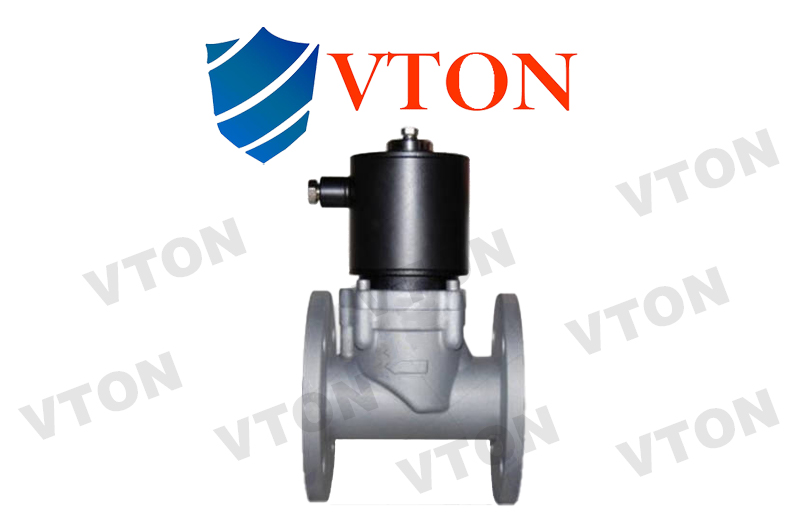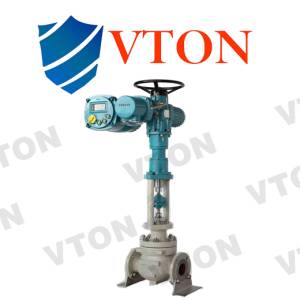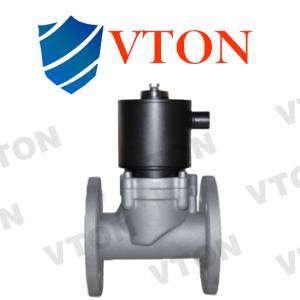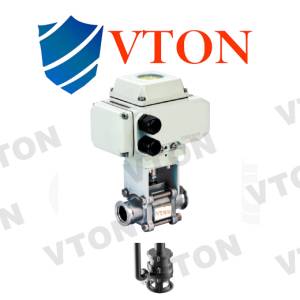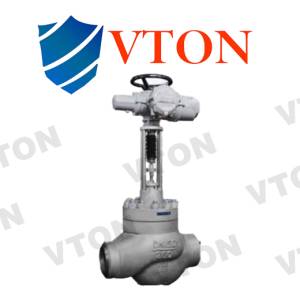Description
1. Overview of Water Solenoid Valve
Water solenoid valves are specifically designed for liquid flow control using electromagnetic principles. These valves are widely used in systems like automatic irrigation, tap water supply, air conditioning, and industrial production. Their main function is to regulate, cut off, or permit the flow of water or other liquids with precision and efficiency.
2. Working Principle
The water solenoid valve contains a sealed chamber with openings connected to various pipelines. Inside the chamber, a valve core moves based on the activation of electromagnetic coils. By energizing the appropriate coil, the valve core shifts to block or release specific flow paths, controlling the flow direction and pressure. This movement translates into precise control of mechanical devices connected downstream.
3. Technical Parameters
- Operation Modes: Direct-acting, pilot-operated, backflush (no pressure differential)
- Control Modes: Normally closed, normally open
- Power Supply:
- AC: 24V, 36V, 127V, 220V, 380V
- DC: 12V, 24V, 36V, 72V, 110V, 220V
- Protection Types: Standard, dustproof, waterproof, explosion-proof, marine type
- Pressure Range:
- 0-0.3MPa (no pressure differential)
- 0-6.3MPa (various configurations based on requirements)
- Media Temperature: 0℃ ~ 120℃
- Ambient Temperature: -40℃ ~ 60℃
- Connection Types: Threaded or flange connection (flange for DN50 and above)
- Body Materials: Ductile iron, cast steel, 304 stainless steel, 316 stainless steel
4. Selection Guidelines
- a. Power supply, explosion-proof rating, and protection level
- b. Operating modes: normally closed or normally open
- c. Working pressure and temperature range
- d. Media characteristics: name, viscosity, particle content, corrosiveness, and toxicity


